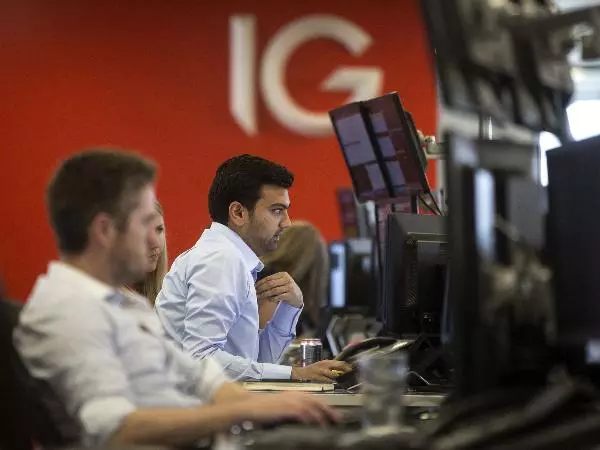So what’s the outcome? The Russell 2000 could be the best barometer for the markets belief in the US Government to offer Tax cuts and start an infrastructure spend. A breakout below the current consolidation may have been foreseen in the rising VIX. This type of consolidation will end in a volatile move, as the long-position traders are forced to close on any price weakness below the 1330 support and conversely, a breakout over the 1415 level would signal a continuation of the current trend.
It’s well known by experienced traders and investors that you ‘never argue with the tape’. The tape being the flow of prices from the market.
The volatility index or VIX is calculated by looking at pricing of the current month PUT options and comparing to the change of pricing in three-month forward pricing in options. As the forward pricing rises because of demand for the instrument, when compared to the current month, it indicates the market is pricing in an event of some type with an unknown outcome.
For traders, this statement means a change in sentiment. However, when it’s not reported in the news, it can show up in prices well before the event. The most recent and best examples of this is in the VIX price reaction to the US election and the prior Greek debt crisis. On both occasions, the volatility index moved higher by 50% from the accepted average value of 16.
Recently the VIX has been trading at historical lows around 12, indicating the market is not pricing in an ‘event’ in the near future.
However, things have changed over the past week and the VIX has moved back up through 14, as the forward pricing moves higher on demand.
Currently there are many reasons that can be attributed to this, from the French elections where Marine Le Pen from the extreme right, if elected would challenge the European Union with a possible exit from the union. The uncertainty from the US led air strike on Syria and tension around North Korea have ushered in uncertainty about where this will lead the equity markets in the coming months.
If we now take a look at the Russell 2000, this is the most sensitive index to US policy around tax cuts and pending infrastructure spend.


































































